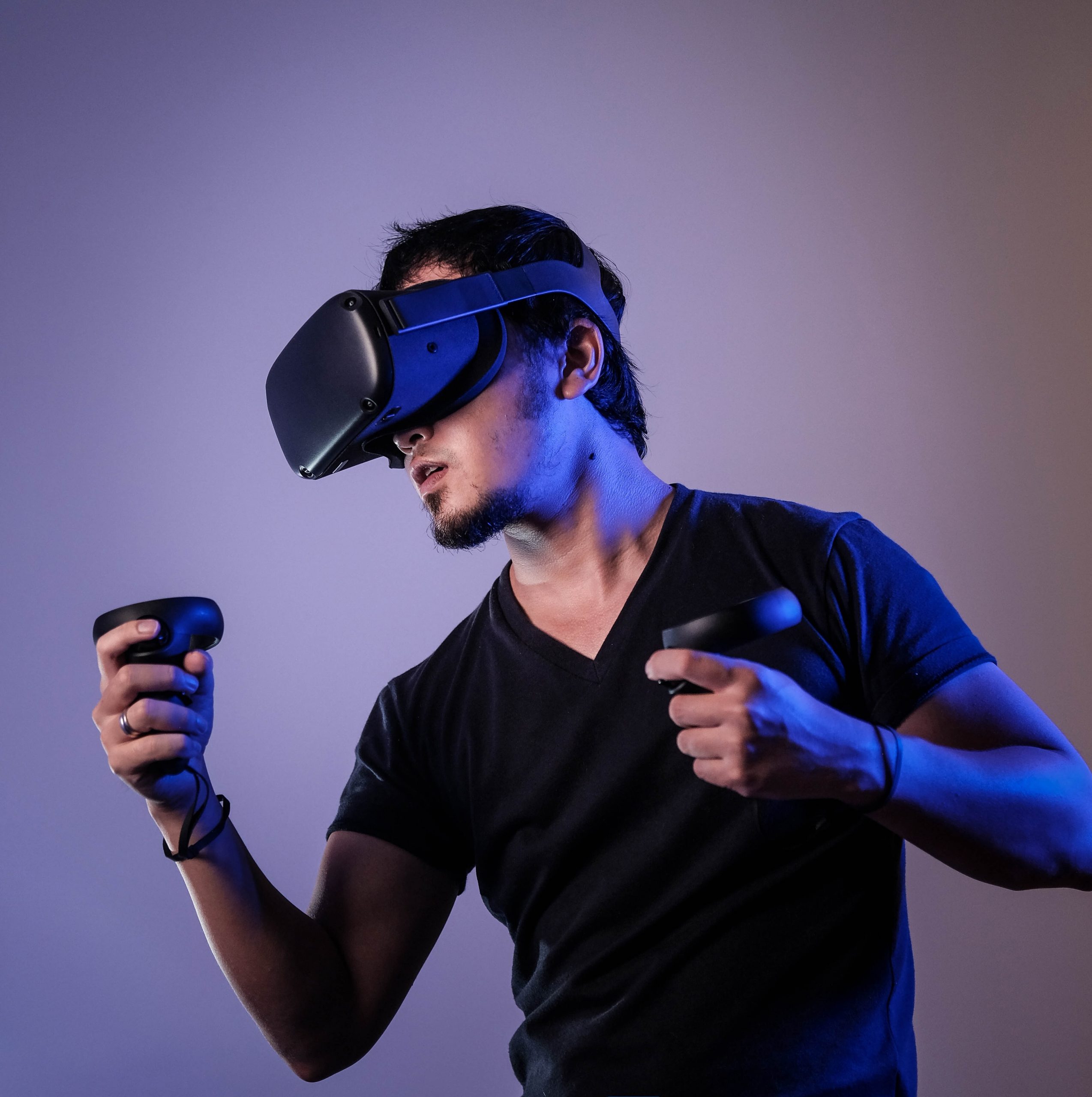14.6 Extended Reality
Another category of emerging technology is extended reality or XR. XR is an umbrella term that covers all forms and combinations of real and virtual environments. This includes: augmented reality (AR), virtual reality (VR) and a combination of the two or mixed reality (MR) (Likens, 2019).
Augmented Reality

Augmented reality (AR) enhances one’s view of the real world with layers of digital information added to it. With AR there is no created scenario; instead, an actual event is being altered in real time (Moawad et al., 2020). Some examples of this are Snapchat lenses and the game Pokémon Go. AR is being used in e-commerce to help purchasers visualize and interact with the products before purchasing them.
IKEA Augmented Reality Game
Escape the Clutter is a an AR escape room game for Snapchat developed by IKEA. In the game, a cluttered 3D room will appear on screen. The object of the game is to remove the clutter by adding in IKEA organization solutions. The organization products act as the ‘keys’ to the escape room. As users add the products they can learn more about them and their benefits (Ikea, 2022).
Virtual Reality

Virtual reality (VR) is a computer interaction in which a real or imagined environment is simulated. This allows users to both interact with and alter that reality within the environment. The popularity and development of virtual and augmented reality has grown due to advances in VR technology and devices based on smartphones like Google Cardboard. Some people view virtual reality as a gimmick to enhance video game playing at home, but the technology is being used in innovative ways.
One way in which businesses are leveraging VR technology is for training and education. This technology is especially valuable in high risk industries like the military, space exploration, and medicine where one wrong move can have disastrous consequences. As well, it can be helpful to simulate interview scenarios, or difficult conversations allowing users to role play and practice in varied scenarios. VR can also simulate in-person meetings for those working remotely through the use of avatars. Avatars are computer representation of people.
Information Systems for Business and Beyond: 13.8 by Shauna Roch; James Fowler; Barbara Smith; and David Bourgeois is licensed under a Creative Commons Attribution-NonCommercial-ShareAlike 4.0 International License, except where otherwise noted.

